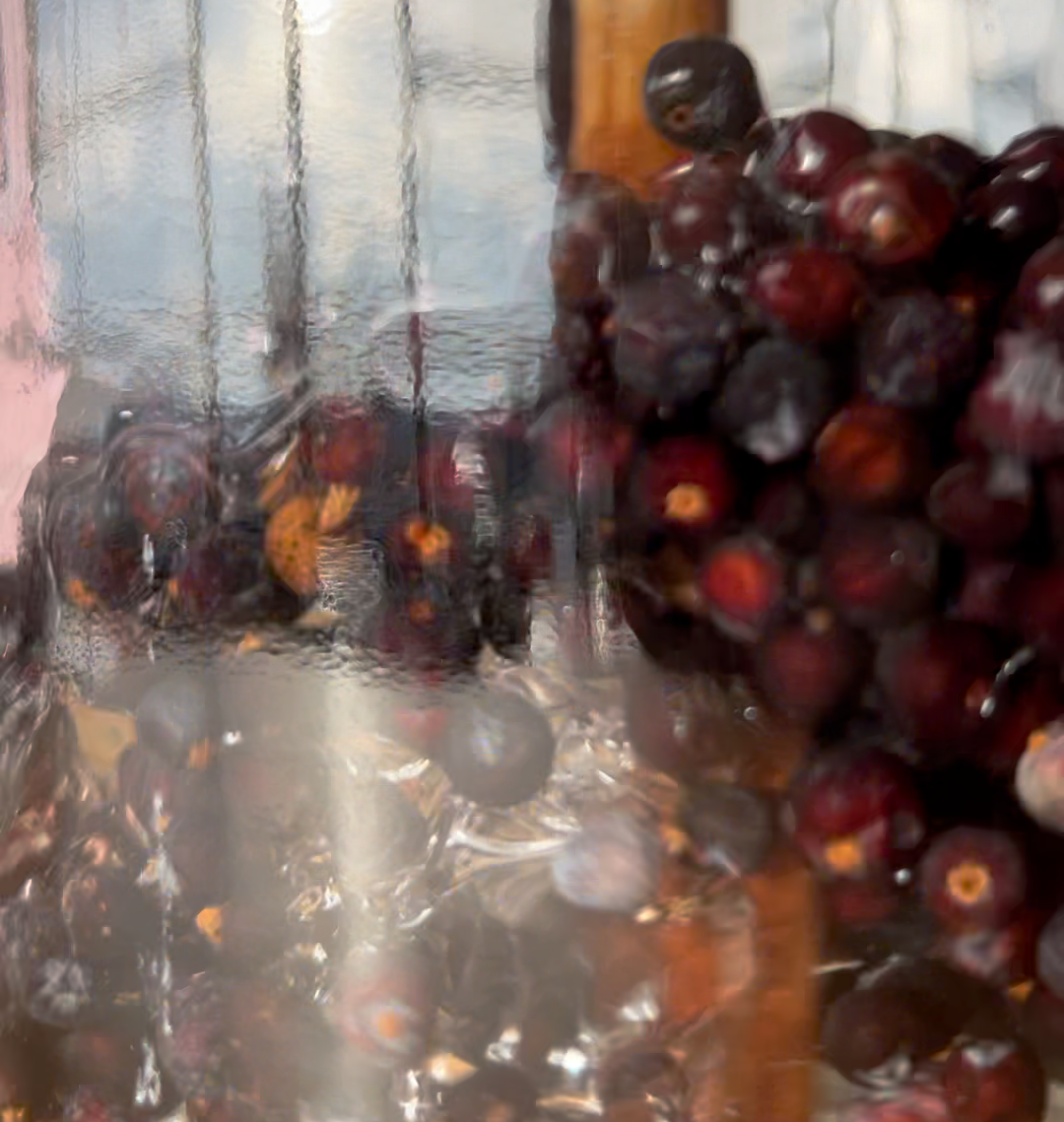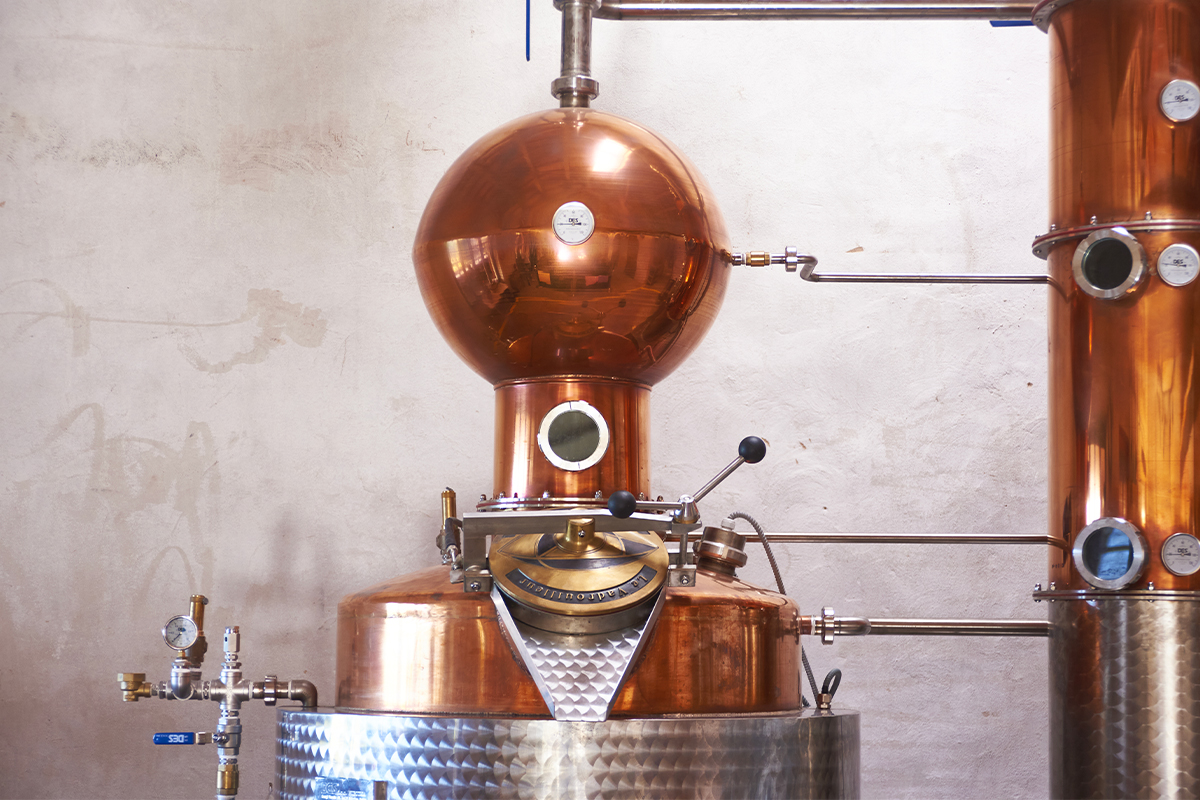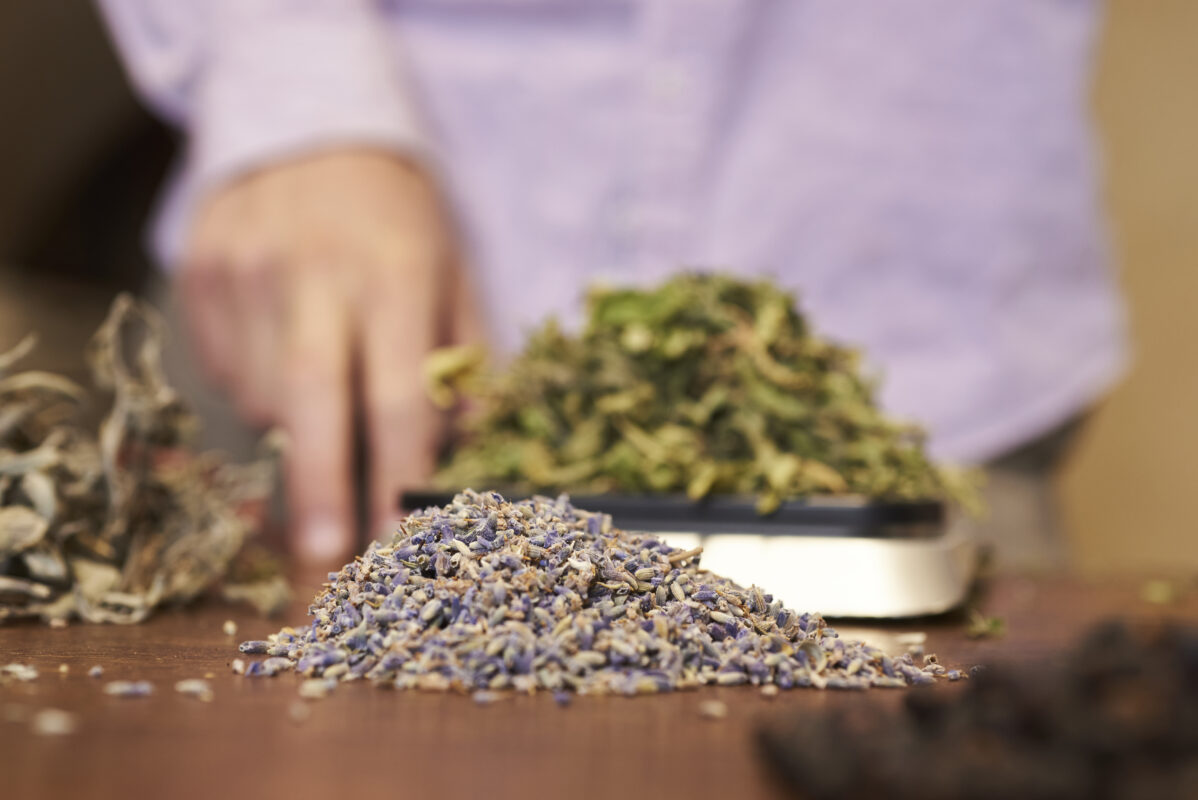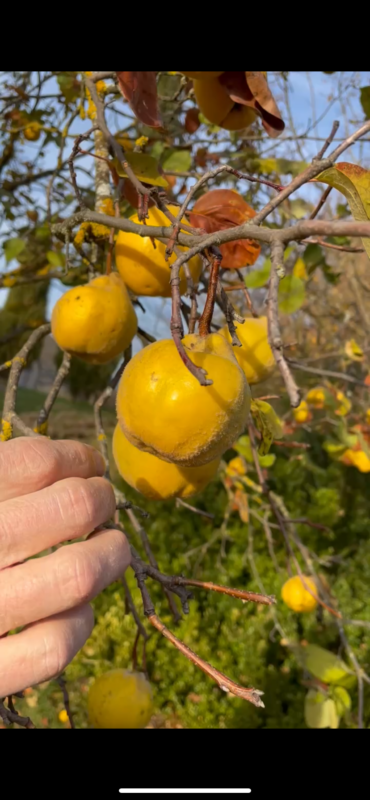Ratafias: Make them yourself!
The Ratafia
We discovered an old Manual of the Distillateur Liquoriste dating from 1827.
Leafing through it, we came across a entire chapter dedicated to ratafias. The name Ratafia was already familiar to us. In Provence, you can usually find quince ratafia. For better or worse, depending on the year, we had fairly vivid memories of the quince ratafia prepared by our grandmothers and great-grandmothers. On the other hand, we were far from imagining what we were going to discover.
We decided to try some recipes for you!
Let’s start at the beginning: what does Ratafia mean? It’s a really strange name, more reminiscent of childhood than of liqueurs. Unfortunately for us, the deeper we dig, the thicker the mystery becomes.
The origin of the word remains controversial to this day. Like all mysterious thing, you can find a plethora of books and websites full of explanations. The word exists in French, English, Italian, Catalan, Spanish and Farsi; a real nebula of Arabic words like arack or rack, Indian words like tafit or ratifi-a and even Malay words like araq-tàfia.
Among the most popular explanations, two predominate: the Creole and the Latin.
According to the dictionary of the Académie Française, ratafia dates back to the 17th century and comes from a Creole word of uncertain origin, meaning sweetened brandy.
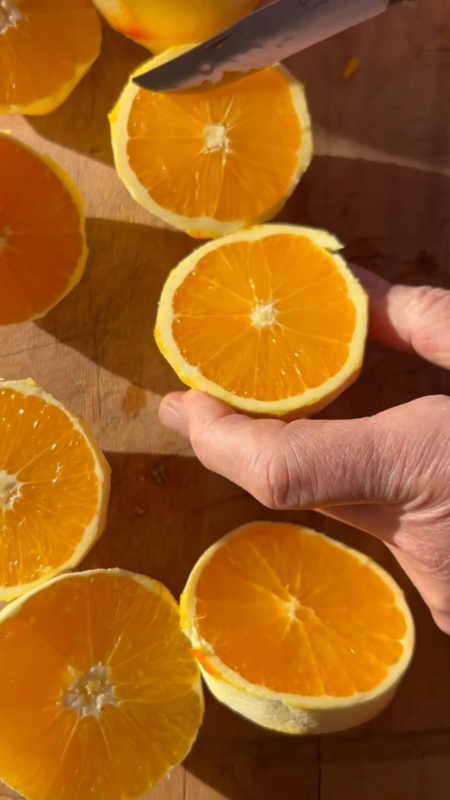
Many see its origin in the Latin expression “Pax rata fiat” that was pronounced when peace or an agreement was signed.
Be that as it may, the word appeared in France in 1692, and at the time ratafias were often regarded as medicines. They came in all shapes and sizes and were used for all kinds of ailments, from purgatives to migraines. It was the Swiss Army knife of the 17th century.
The recipe is fairly simple: fresh or dried plants or fruits are infused with sugar and spices in brandy or wine. The modest ratafia thus has the advantage of preserving the taste and flavours of the ingredients, being easy to make and inexpensive.
While nothing is more ordinary than the composition of ratafias, it is important to choose the basic ingredients carefully and follow a reliable recipe. Ratafias can be made from any plant, berry or fruit used in liqueurs. You choose the ripest, most beautiful, most fragrant, most succulent – in short, the best – fruits/plants.
During the heyday of ratafias, you could drink ratafia made from angelica, rose blossom, violets, jasmine, orange blossom, myrtle, elderberry, fennel, clove blossom, peach blossom, almond blossom, blackcurrant, walnut catkins or lime blossom. If you preferred peel/zests, you had lemon, bergamot, bigarade ratafia.
If you were a traveller, why not try Chinese, Barbados, Maltese, Portuguese or simply English ratafia.
Of course, there’s seed ratafia: aniseed, caraway, star anise, coriander, fennel and dill.
Naturally, there were also fruit ratafias, such as blackcurrant, raspberry, redcurrant, cherry, strawberry, blackberry, quince and pear. There were also coffee and cocoa ratafias and nut ratafias.
You could even drink truffle ratafia, which leaves you wondering.
As we have just seen, there are ratafias for everything: flower, berry, plant and even kernel ratafias. Some have become very famous, such as the Montepulciano d’Abruzzo-based ratafia from Italy, the Ratafia Catalana from Catalonia and, in France, the Ratafia de Champagne.
All these versions, as well as whetting our taste buds, made us want to make a few of our own, trying as far as possible to follow the recipes of the old manual. If you want to know whether we’ve succeeded, we invite you to follow our Ratafia adventures in words and pictures.

